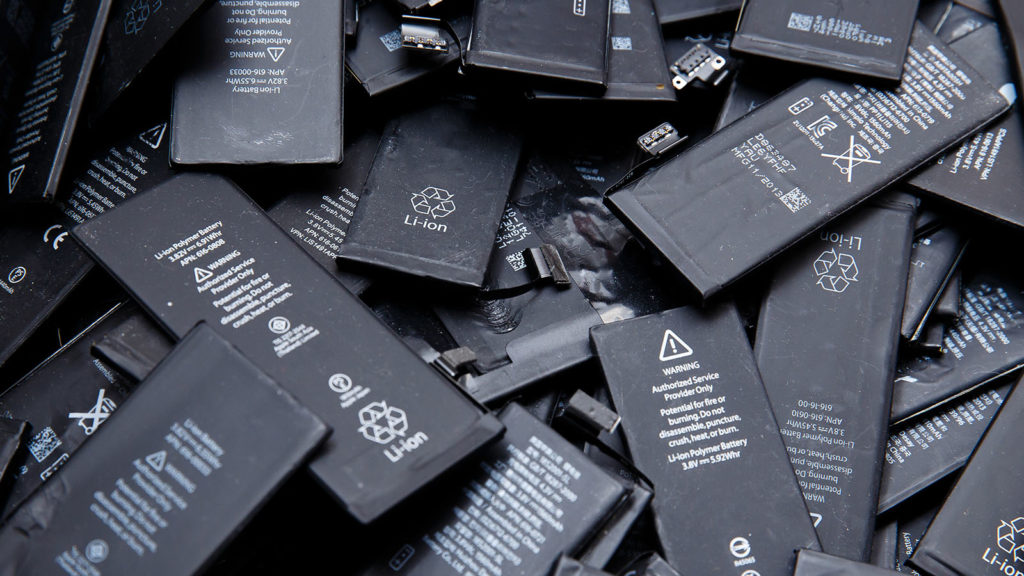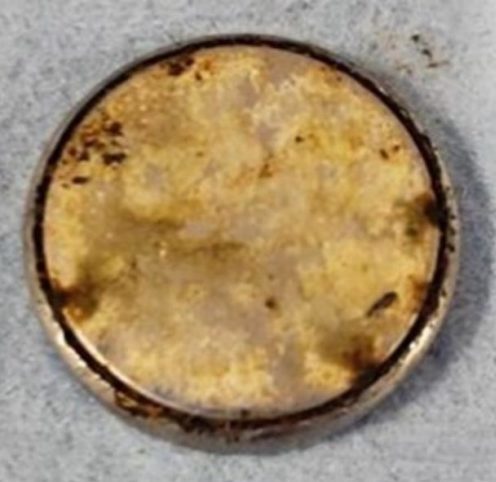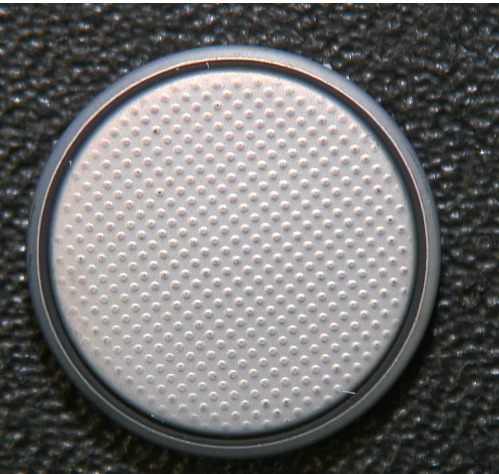How to Make Your Lithium-ion Battery Design More Sustainable
A recent report from “Markets and Markets” revealed that experts expect the battery recycling market to grow to $23.2 billion by 2025, at a CAGR of 6.1% from 2020-2025.
This market focused on recycling batteries encompasses many industries and various battery chemistries, including lead-acid batteries, lithium-ion (Li-ion) batteries, and nickel-based batteries. The impetus for this market growth includes sustainability regulations that strive to preserve resources, reduce carbon footprint, and restore soil integrity.
Although data indicate a demand for responsible afterlife handling of batteries, complications can arise for Li-ion energy sources, raising concerns for product designers.
Lithium-ion Battery Disposal and Recycling Issues
Manufacturers value Li-ion batteries for benefits such as low self-discharge, low “memory” (the tendency to acquire a minimum or maximum state of charge), and high energy density. However, they have volatile chemistry that requires the regulation of their disposal on both state and federal levels.
Processes used to recycle lithium-ion batteries have merit because they can regain valuable metals from spent battery cells, including nickel, cobalt, copper, and aluminum. However, there are dangers associated with the recycling processes, including thermal, chemical, and electrical hazards due to the potential for chemical reactions.
Designing Longer-Lasting Li-ion Batteries Can Be Part of the Solution
While no definitive, universally accepted solution exists to make lithium-ion batteries easier to handle after they no longer work, product designers can use Parylene coatings to prevent premature failure and encourage Li-ion resiliency despite exposure to failure-inducing situations. With the ability to extend product life and discourage unnecessary loss using a sustainable coating solution, you can do your part to comply with sustainability guidelines and reduce waste.
Download HZO’s Battery Coating Brochure
How Parylene Reduces Unnecessary Lithium-ion Waste
Corrosion Resistance for Li-ion Batteries
A Parylene provider can strategically coat critical components of Li-ion batteries without interfering with their operation. The thin coating can act as a barrier layer, hindering the devastating consequences of corrosion and premature failure caused by corrosive environments.
Watch our webinar on proven methods of corrosion resistance
Parylene is particularly effective at protecting Li-ion batteries from corrosion. Its water vapor transmission rate (WVTR) and gas permeability, which indicate barrier effectiveness for corrosion resistance, are particularly low.
| Polymer | Gas Permeability at 25 °C, (cc·mm)/(m2·day·atm) | WVTR,(g·mm)/(m2·day) | ||||||
|---|---|---|---|---|---|---|---|---|
| N2 | O2 | CO2 | H2 | H2S | SO2 | CI2 | ||
| Parylene C | 0.4 | 2.8 | 3.0 | 43.3 | 5.1 | 4.3 | 0.1 | 0.08 |
| Parylene N | 3.0 | 15.4 | 84.3 | 212.6 | 313 | 745 | 29.2 | 0.59 |
| Parylene F (VT-4) | – | 16.7 | – | – | – | – | – | 0.28 |
| Epoxy (ER) | 1.6 | 4 | 3.1 | 43.3 | – | – | – | 0.94 |
| Polyurethane (UR) | 31.5 | 78.7 | 1,181 | – | – | – | – | 0.93 |
| Silicone (SR) | – | 19,685 | 118,110 | 17,710 | – | – | – | – |
Ref.: Licari, James J. Coating Materials for Electronic Applications – Polymers, Processes, Reliability, Testing. William Andrew Publishing, 2003 and various companies’ literature.
The images below indicate the appearance of coin cell batteries, one exposed to salt water testing, one representing an HZO coated battery appearance.
Figure 1 – Uncoated coin Cell battery subjected to salt water testing
Figure 2 – Image of what an HZO Parylene coated battery subjected to saltwater testing would look like
Download HZO’s Parylene datasheet
Heat Dissipation Properties of Parylene
Although lithium-ion batteries require protection from corrosives, when coatings (such as conventional coatings that require more coating to attain a suitable protection level) are applied in thick layers, this can interfere with the heat transfer path, impeding heat dissipation. As thermal conduction is inversely proportional to thickness, integrating the thinnest possible coating solution can prevent overheating, a serious reliability challenge for Li-ion batteries. HZO Parylene can provide superior corrosion resistance at 50% film thinness of conventional conformal coatings, meeting both protection and heat dissipation challenges.
Parylene Will Withstand the Life of the Lithium-ion Batteries it Protects
When Li-ion batteries are stored for a long time, they become more susceptible to damage as they are exposed to environments with harmful elements. HZO’s coatings can sustain through the product lifecycle, averting common e-waste issues with batteries.
Table 3: Lifetime of HZO coatings at different temperatures in air (with oxygen)
| 60 °C | 80 °C | 135 °C | 150 °C | |
|---|---|---|---|---|
| Parylene C | ~100 years | ~20 years | ~70 hours | ~24 hours |
| Parylene N | ~10 years | ~1 years | ~9 hours | ~1 hour |
HZO Coatings for Lithium-Ion Batteries
As a green manufacturer, HZO focuses on inherently sustainable solutions that comply with REACH, RoHS, and Prop 65, and eliminate cure time. With Parylene, there are:
- No VOCs
- No Solvents
- No Catalysts
- No Disposal Issues
- No Pollution Threats
If you would like to learn more about the manufacturing advantages of working with HZO, contact us today to speak with an engineer.
Discover how HZO can protect your product



